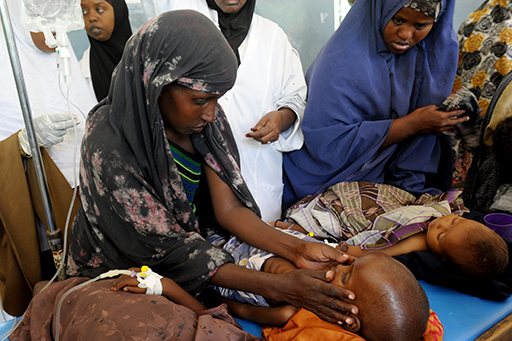4.2 Health inequalities and their causes
Although, as you have already seen, significant progress has been made in income levels and life expectancy over the centuries, material inequalities and inequalities in health and education remain some of the biggest problems that individual countries and global organisations face.
The World Health Organization (WHO) sums up the current key health inequalities and their causes in the ten points below.
Most of the figures here relate to comparison/inequality between countries but it is important to keep in mind that within-country inequalities also exist. The extent of it varies between countries (Latin American countries, for example, are more unequal than some Asian countries even though they are all usually described as less developed countries).
So, the links between levels of inequality, child and adult morbidity, premature mortality, life expectancy, and slow development can be clearly demonstrated. It’s also clear that many of these factors are bound up together and cannot be separated from each other.
In the next section, you will find out about an example of health inequality in the UK.

